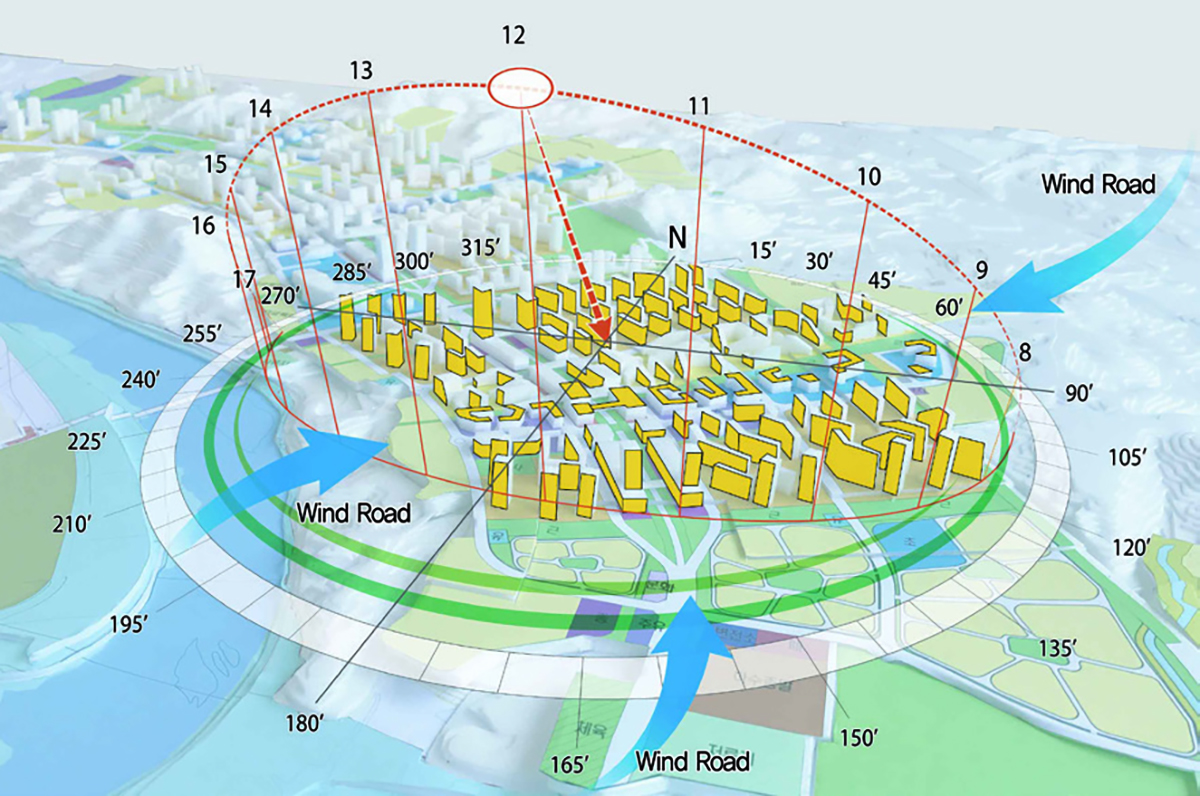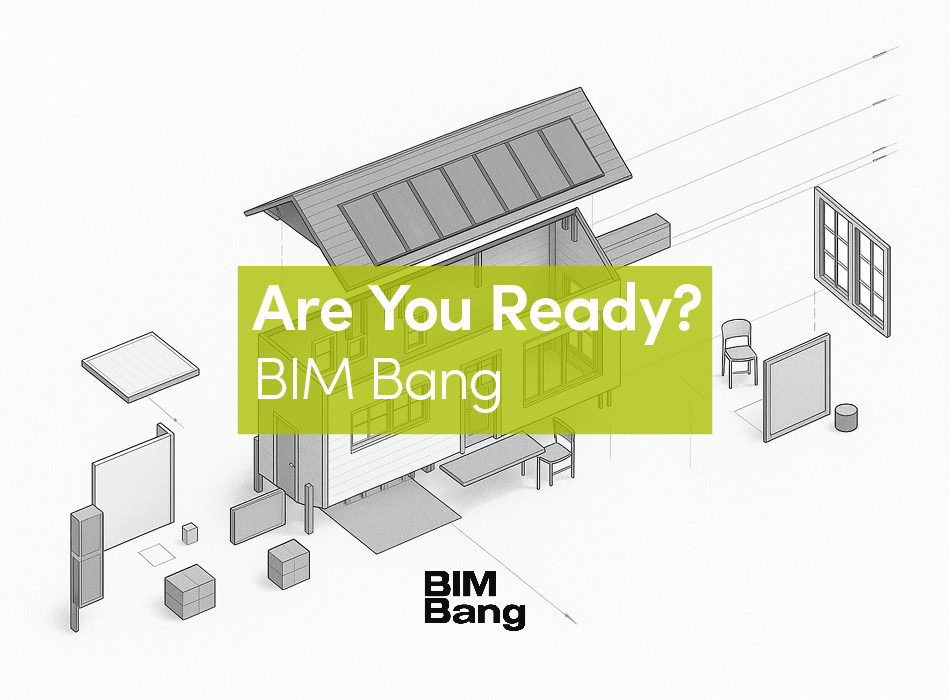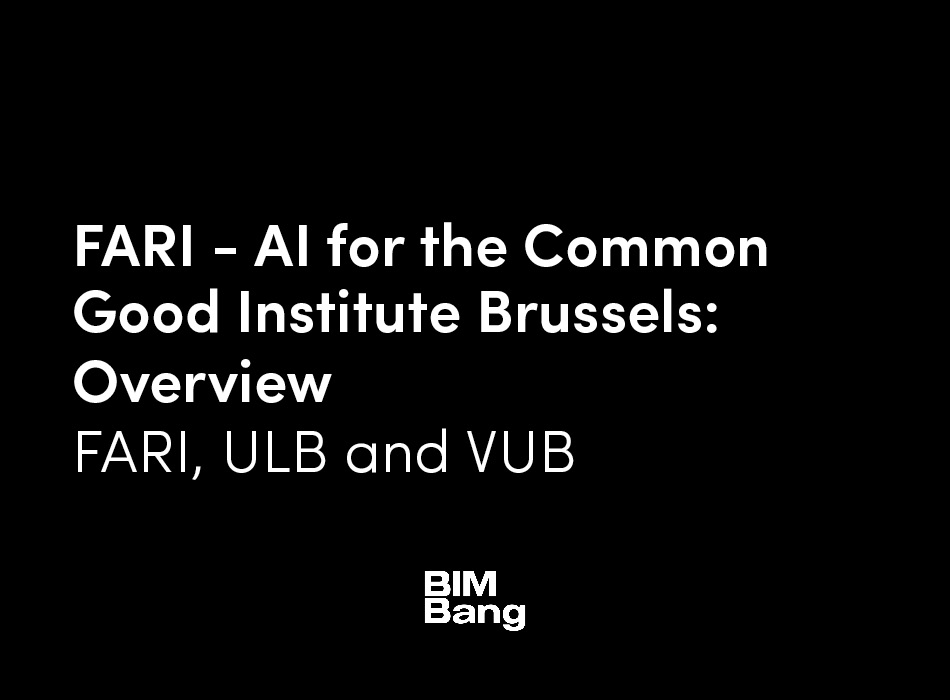With the Paris Agreement on climate change, the looming Fourth Industrial Revolution, and other changes in the background, discourse on urban planning is changing rapidly. Zero-energy goals and the smart city, for example, are immediate challenges faced by urban planners.
“Happy City [1] Zero-Energy Town (5-1 Community Zone [2])” is an environmentally sustainable urban model in which energy consumed is equal to energy produced. This equilibrium can be achieved through a synergetic relationship between new and renewable energy technologies on one hand, and information and communication technologies (ICT), such as smart grids, on the other.
In a net zero-energy city, the energy needed for buildings—for heating, air-conditioning, hot water, ventilation, and lighting, for example—is supplied by new and renewable energy produced locally. At the same time, the city energy grid is connected to an external grid. Any surplus energy produced is absorbed by the external grid while any shortage is supplemented by it. The idea is to make the net give and take of the energy a zero at the end of each year.
The first task for achieving this goal is to achieve the minimization of energy consumption and maximization of energy production and to have such a system built into urban facilities. This requires a new paradigm in zoning: allowing the exchange of surplus energies between internal and external energy grids.
More specifically, in 5-1 Community Zones, urban energy consumption will be minimized through efficient land use. For example, a “wind path” will be created using the “valley wind”: this will lower urban temperature and minimize surface radiation. In order to maximize renewable energy through architecture, solar energy and geothermal heat (heat pump) will be tapped. Energy production will also be maximized: “energy furniture” will be installed throughout the site, and a section of the community zone will be dedicated to showcasing buildings that utilize special materials, or building-integrated photovoltaics (BIPVs).
In terms of energy management, 5-1 will utilize tools such as Building Energy Management System (BEMS), smart grids, and Energy Storage Systems (ESS) for efficient and systematic management. The 5-1 site as a whole will save energy, and it will be able to manage energy more efficiently and systematically by the hour, by the day, and by the season, with information on energy usage patterns provided by the information and communication technologies, which will be built into many of the facilities at the site.
Building Layout Plan Taking Sunlight and Wind Direction into Consideration.
Institutions
The National Agency for Administrative City Construction (NAACC) is the government agency responsible for the construction of the “administrative city,” now called Sejong City. Launched in 2006, the agency has been responsible for planning, managing, and attracting investment for the construction of Sejong, an integrated city with a concentration of government administrative buildings. The city was newly developed specifically to relocate a large segment of the Korean national government, the offices of which were traditionally concentrated in Seoul and its environs. The goal of the government relocation was a nationwide “balanced development” and a reduction of overpopulation in the larger metropolitan Seoul area. NAACC is proud of the historical mission it has been appointed to carry out, and we are doing our utmost to make sure that the new city becomes “a global benchmark city that everyone wishes to live in.”
Korea Land and Housing Corporation
Korea Land and Housing Corporation is a public corporation established to promote the improvement of housing and the efficient use of national land. Its duties include the acquisition, development, banking, and supply of land; urban development and maintenance; and the construction, supply, and management of housing. By supplying 2.6 million units of public housing, the corporation has contributed to securing housing stability for the working poor. In addition, by developing new cities around the nation, it has developed land and expanded social overhead capital such as roads and schools, and thus contributed to the growth of the national economy. The corporation has undertaken the construction of the administrative city. As such, it exerts efforts to make sure that the new city will be representative of innovative urban planning, not only in Korea, but also globally.


















